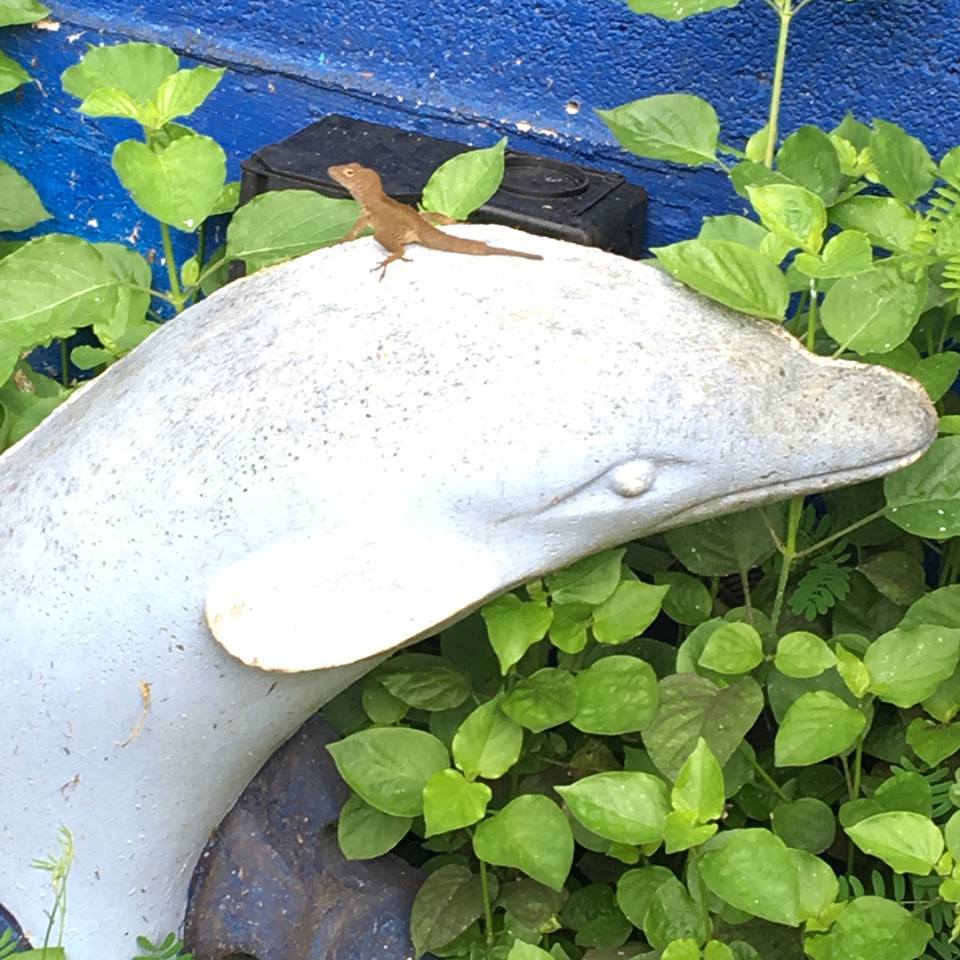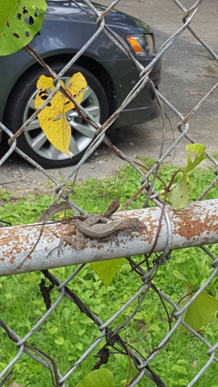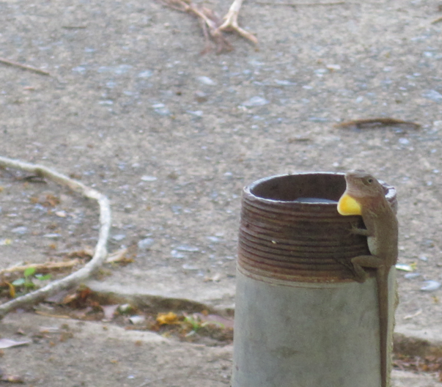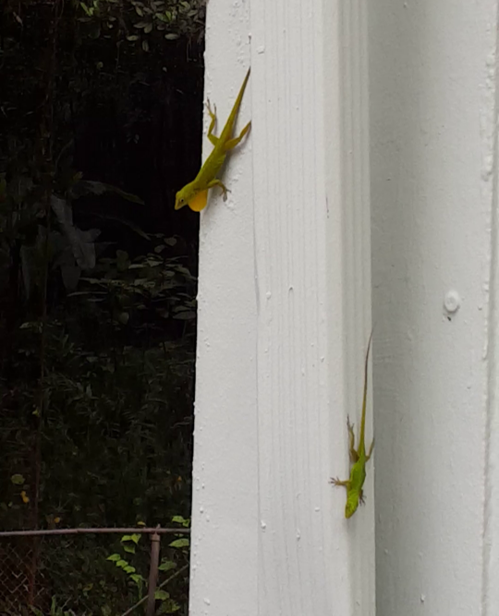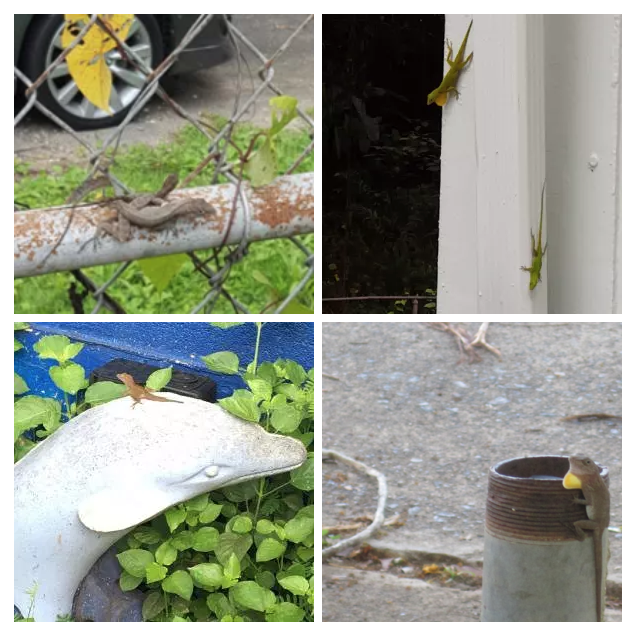The weather on the northern hemisphere is getting warmer which means beach days are approaching. Every beach dweller can confirm that seagulls (Larus sp.) can be very cunning and cheeky in order to steal food. Is this their ancestral behaviour or has this evolved with the rising of urban areas? Pavlova and Wronski (2020) studied... Continue Reading →
New Lit Alert: Cat colonies and flight initiation distances of urban birds: Dealing with conflicting sources of citizen wellbeing
Cat colonies and flight initiation distances of urban birds: Dealing with conflicting sources of citizen wellbeing Mario Díaz, Jonatan Fernández, Alicia Page Abstract Feral cat colonies in cities improve the wellbeing of people who feed and care for them, but they can have negative effects on biodiversity due to the predatory behaviour of cats. We... Continue Reading →
New Lit Alert: Cat colonies and flight initiation distances of urban birds: Dealing with conflicting sources of citizen wellbeing
Cat colonies and flight initiation distances of urban birds: Dealing with conflicting sources of citizen wellbeing Mario Díaz, Jonatan Fernández, Alicia Page Abstract Feral cat colonies in cities improve the wellbeing of people who feed and care for them, but they can have negative effects on biodiversity due to the predatory behaviour of cats. We... Continue Reading →
Genomic Analysis Highlights Cognition in Urban Burrowing Owls
What makes a bird successful in the city? Jakob Mueller and colleagues first attempted to answer this question in blackbirds, finding genomic signatures of selection in the SERT gene associated with harm avoidance. Now, building on only a handful of studies to explore the genomic basis of urban adaptive responses, Mueller and colleagues tackle this... Continue Reading →
Eastern Gray Squirrel Behavior in Urban Environments
Urbanization can significantly alter environments in ways that impact abundance and behavior of urban animals. Fewer natural predators and greater food availability - as well as increased contact with humans - may lead to altered stress responses, increased boldness, and decreased vigilance compared to non-urban populations. The eastern gray squirrel (Sciurus carolinensis) has been very... Continue Reading →
What Do FID Studies Really Tell Us About Boldness?
A common behavioral trend observed in urban animals is that they tend to be bolder compared to their rural counterparts. This behavioral shift can enable urban animals to deal with the unique stressors of urban life and may set the stage for urban adaptation. A common way to quantify boldness is to measure flight-initiation distance, or... Continue Reading →
Skirting Skinks: Are Lizards Learning to Live Among Humans?
You can't live near humans if you're afraid. Fleeing constantly can be very costly, so generally animals near humans tend to become accustomed to them. A new research compares skinks in Mo'orea island to see if their escape response varies and if skinks living with more humans have adjusted their responses accordingly.
No city for shy dog: Urban coyote are bold and explore more
Coyote have widely colonized every mayor city in the United States. A new study asks what behaviors urban coyotes exhibit and what this might tells us about the process facilitating their success in the city.
SICB 2019: Urban Gulls Alter FID and Flight Behaviors
Urbanization is a global form of habitat change that alters native habits and either excludes the animals that live there or forces them to acclimate to novel environments. Altering behavioral strategies can allow individuals to quickly acclimate and successfully colonize urban habitats, reproduce and live within them. In two studies presented at SICB, researchers, Dr.... Continue Reading →
People Watching: the study of urban wildlife is a two-way street
My eyes are instinctively drawn to a black, blue, and snow white flurry of movement. A reflex hammer to my naturalist’s knee. The subject of my fascination springs a brisk two-footed hop-scotch, just ahead along a ribbon of green separating parking lot from bustling sidewalk in downtown Calgary. The throng of oncoming foot-traffic ignore the... Continue Reading →







